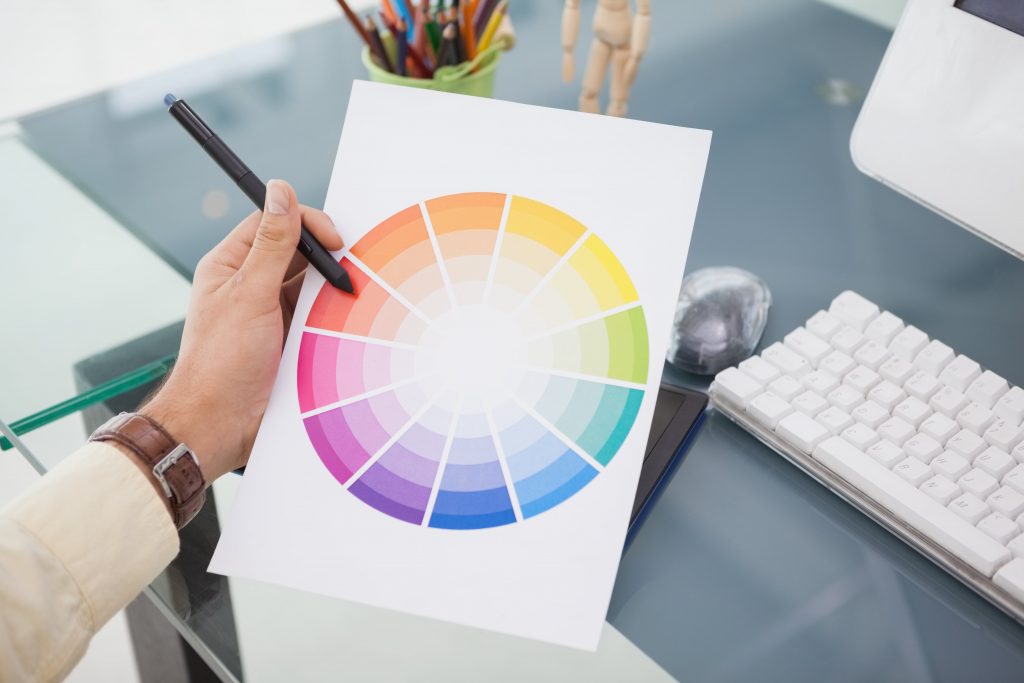Do you want to create a visually appealing website? Have you ever heard of colour theory? Colour theory is an important concept to understand when it comes to website design. It involves understanding the impact of colour choices on user experience and how people perceive your website.
Colour theory is used to create harmonious colour combinations for web design. In this blog post, we’ll look at what colour theory is and how it can be used to create an effective website.
What Is Colour Theory?
Colour theory is the study of how colours interact and how they affect human perception. It’s used in many creative fields, including art, design, and web design. It involves understanding the relationships between different colours and how they can be used to create aesthetically pleasing designs.
Colour theory helps designers choose the right colours for their websites. It also helps designers create a balanced and harmonious colour palette. The right colour palette can evoke certain emotions and help create a desired atmosphere.
The Colour Wheel
The colour wheel is a tool used by designers to help them understand colour relationships. It consists of a circle divided into sections, each representing a different colour. The wheel shows how different colours interact with each other and how they can be combined to create different colour combinations.
The colour wheel is divided into primary, secondary, and tertiary colours. Primary colours are the primary colours of light: red, blue, and yellow. Secondary colours are created by mixing two primary colours, while tertiary colours are created by mixing a primary and a secondary colour.

Colour Schemes
Colour schemes are combinations of colours that are used to create a visually appealing design. Different colour schemes evoke different emotions and can help create the desired atmosphere. Popular colour schemes include monochromatic, analogous, complementary, and triadic.
Monochromatic colour schemes use different shades of one colour. Analogous colour schemes use colours that are next to each other on the colour wheel. Complementary colour schemes use colours that are opposite each other on the colour wheel, while triadic colour schemes use three colours that are equally spaced on the colour wheel.
The Impact of Colour on User Experience
Colour plays an important role in user experience. It can have an impact on how people perceive your website and how they interact with it. Different colours can evoke different emotions and can help create a desired atmosphere.
For example, a website with a warm colour palette, such as reds and oranges, can evoke a feeling of warmth and comfort. On the other hand, a website with a cool colour palette, such as blues and greens, can evoke a feeling of calm and relaxation.
Colour theory is an important concept to understand when it comes to website design. It involves understanding the impact of colour choices on user experience and how people perceive your website. Colour theory helps designers choose the right colours for their websites and create a balanced and harmonious colour palette. Different colour schemes evoke different emotions and can help create the desired atmosphere. By understanding colour theory, you can create a visually appealing website that evokes the right emotions and helps create the desired atmosphere.


